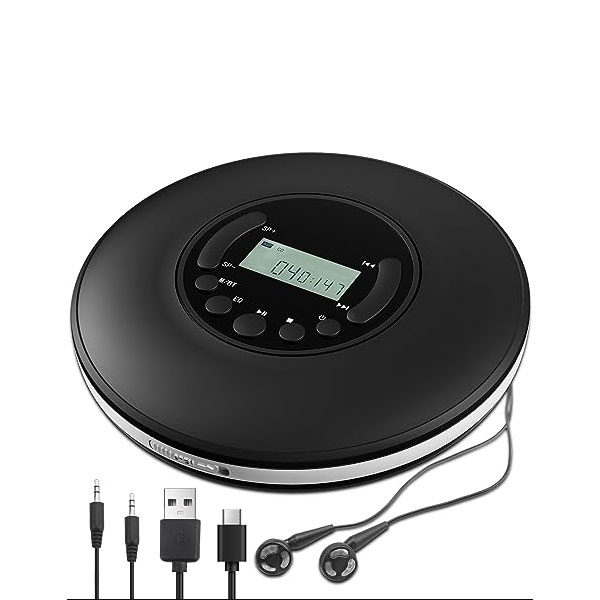What is the history of portable CD player?
2024-07-04
The history of the portable CD player is an interesting journey through the evolution of music technology. Here’s a detailed look at its development:
Early Development
1. Introduction of the Compact Disc:
- 1979: The compact disc (CD) was developed as a collaboration between Philips and Sony. It was introduced as a new medium for storing and playing music, offering better sound quality and durability compared to vinyl records and cassette tapes.
- 1982: The first commercial CD player, the Sony CDP-101, was released in Japan. It was a stationary device, designed for home use.
2. First Portable CD Player:
- 1984: Sony introduced the first portable CD player, the D-50 (also known as the Discman). This device marked the beginning of portable digital music players, making it possible to listen to CDs on the go.

Evolution and Popularization
3. Advancements in Technology:
- 1980s-1990s: Portable CD players saw various improvements, including smaller sizes, better battery life, and shock-resistant features to prevent skipping when the device was moved. Sony continued to dominate the market, but other companies like Panasonic, Philips, and Aiwa also introduced their models.
4. Anti-Skip Technology:
- 1990s: As the popularity of portable CD players grew, manufacturers developed anti-skip or shock-protection technology. This involved buffering a few seconds of music to prevent interruptions caused by movement or vibrations.
Peak Popularity
5. Wide Adoption:
- 1990s: Portable CD players became immensely popular, especially among teenagers and young adults. They were used during commutes, workouts, and other activities, becoming a cultural icon of the era.
6. Integration with Car Audio:
- Portable CD players also found use in cars, either through built-in CD players or by connecting portable units to car stereos via cassette adapters or FM transmitters.
Decline and Legacy
7. Rise of Digital Music Players:
- Late 1990s - Early 2000s: The advent of digital music players, like the MP3 player, began to overshadow portable CD players. These new devices offered the ability to store thousands of songs in a compact format without the need to carry physical discs.
- 2001: The introduction of the Apple iPod marked a significant shift in portable music technology, further accelerating the decline of portable CD players.
8. Transition to New Formats:
- As digital formats and streaming services grew in popularity, portable CD players became less common. However, they are still used by some audiophiles and those who appreciate physical media.
Modern Perspective
9. Nostalgia and Collecting:
- Today, portable CD players are often seen as nostalgic items, cherished by collectors and music enthusiasts who appreciate the tactile experience of handling CDs. Some modern versions still exist, catering to niche markets.
10. Technological Influence:
- The development and popularization of portable CD players paved the way for future innovations in portable music technology, influencing the design and functionality of later devices like MP3 players and smartphones.
In summary, the portable CD player was a significant innovation in the evolution of personal music consumption, bridging the gap between analog and digital music formats and setting the stage for the portable digital music revolution.


